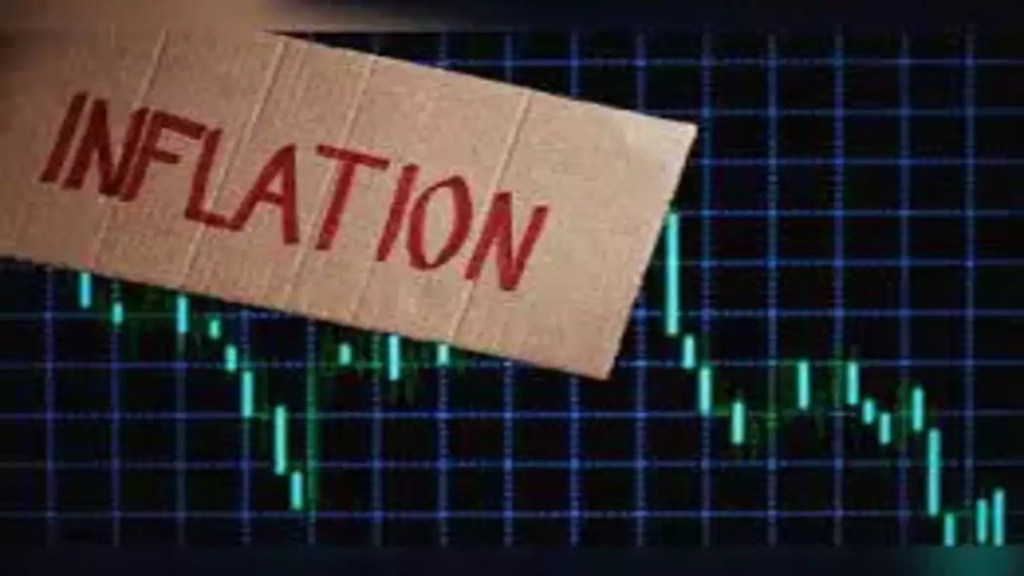Despite an unexpected 7.4% year-on-year (y-o-y) growth in the March quarter, the Indian economy grew at a modest 6.5% in 2024-25, the slowest pace in four years. Although the gross value added (GVA) rose at a decent 6.8% y-o-y in Q4FY25, the annual momentum slowed to 6.4% — also the slowest in four years. One must appreciate that the economy has shown resilience in the face of fairly high inflation, tight liquidity, and high interest rates. Consumption demand has been particularly weak in urban India; in fact, the private final consumption expenditure slumped to a five-quarter low of 6% y-o-y in the fourth quarter, despite the Kumbh factor. To be sure, some of this could reverse in the current year as the price rise is reined in, the cost of money falls, and tax breaks leave more disposable income for many. However, it’s not clear how the global economy and global trade will fare and how India’s export sector will perform.
The Indian economy last year got a big push from the much smaller import-export gap than in 2023-24 with the gap being positive in Q4. However, it’s uncertain whether in the current year the economy will enjoy this advantage. Much will depend on US import tariffs and whether the US economy slips into a recession, and to what extent that impacts exports of both merchandise and services. As is known, the export sector generates huge employment and, therefore, disposable incomes. Already, corporate India is cutting back on employee expenses — a study of 3,035 companies and banks shows that in 2024-25, employee expenses increased by just 7%, the slowest pace in four years. Moreover, private sector capex remains sluggish and is unlikely to pick up meaningfully in the near term; at 7.1% last year, gross fixed capital formation increased at the slowest pace in four years. Manufacturing activity continues to remain subdued and sectors such as trade, hotels, and transport — again employment-generating — are also not performing as one might have expected; in fact, very surprisingly, despite the Kumbh mela this segment grew at just 6% y-o-y in the March quarter, the slowest in three quarters. Economists attribute this to the muted urban demand cause by a slow rise in incomes.
All of this casts a shadow on both job creation and consumption. However, the good news is that prospects of a good monsoon and a bumper harvest will boost farm incomes and consumption. The agriculture sector performed reasonably well last year growing at 4.6%, albeit on a very favourable base. Also, sectors such as construction are doing well having grown at over 9% three years in a row. That said, the start to the current year has been slow with April sales of autos and cement volumes being lacklustre; experts believe that the improved growth in exports is probably due to front-loading ahead of the imposition of steeper tariffs by the US.
While a 6.5% growth rate is not to be sneezed at, the fact is it should not be taken for granted in an uncertain world. With inflation expected to remain at sub-3.8% in the current year, the Reserve Bank of India has room to cut policy rates by another 50 basis points, taking the terminal rate to 5.5%. It must also facilitate transmission of these cuts into system rates by ensuring liquidity is ample. The government too needs to spend more to ensure the momentum does not flag.

